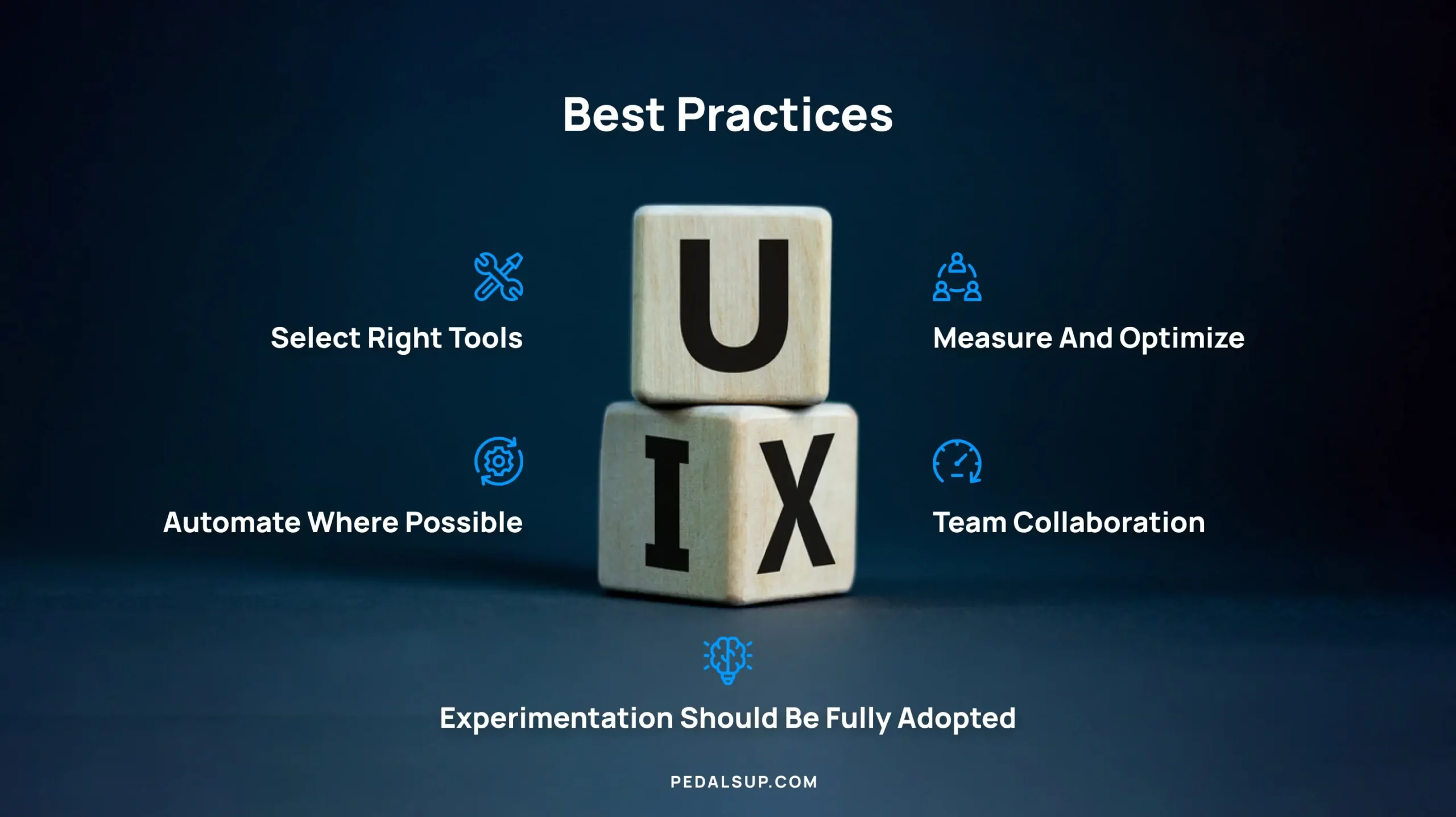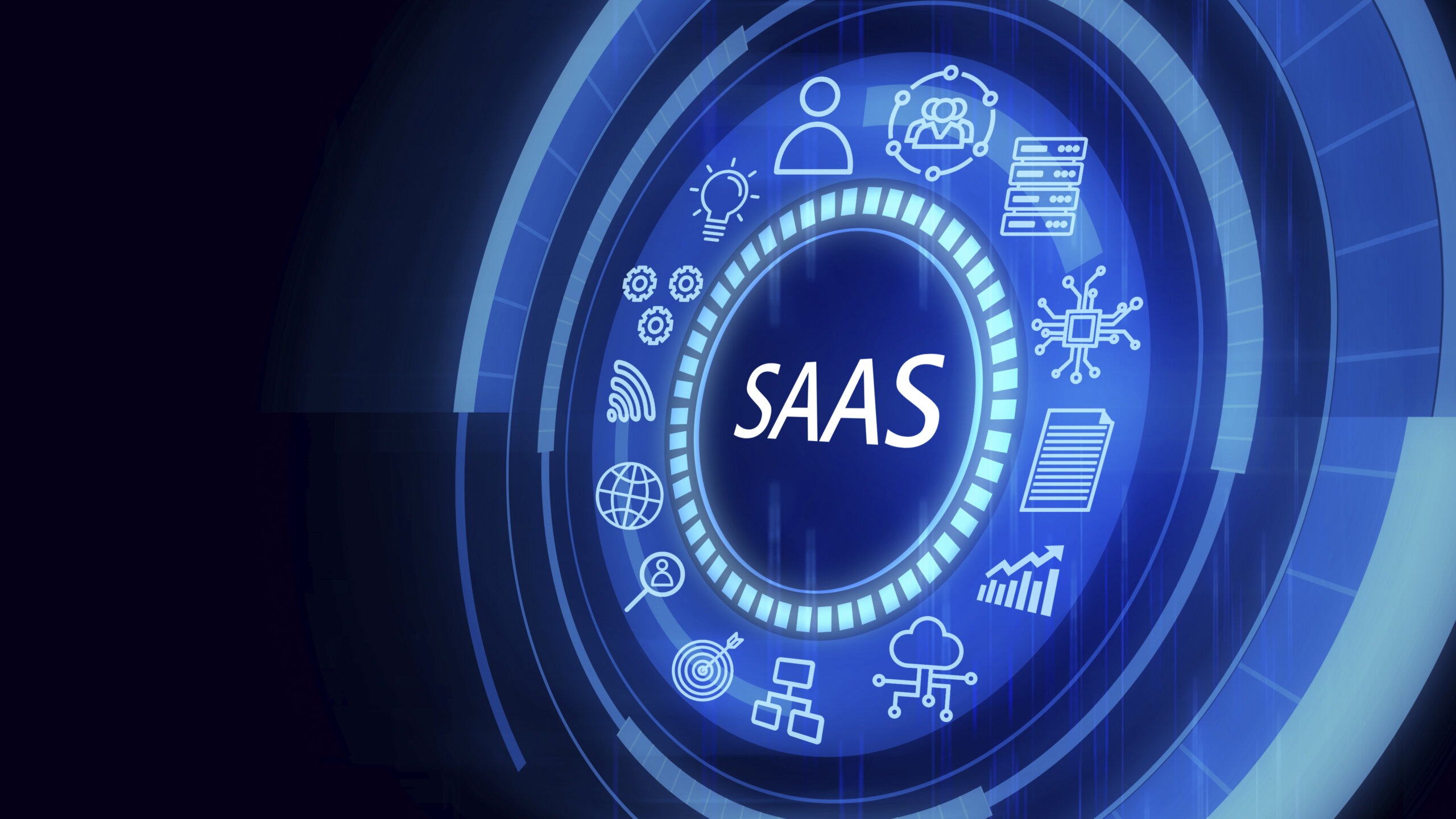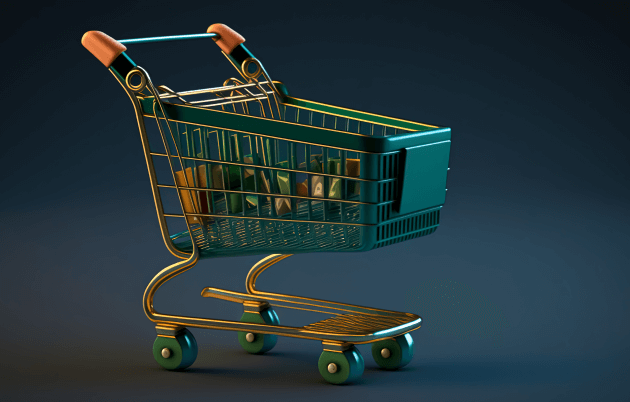Introduction
At Pedals Up, we believe in simplifying processes and optimizing performance. That’s why we are absolutely in love with Lean UX. It perfectly fits our fast-paced, user-centric approach to designing. Just like any high-performance machine, however, Lean UX requires a solid technical foundation to take it to the skies.
This article digs into the technical considerations and best practices that can raise your Lean UX projects and take your product development to the next level. Buckle up, let’s get started.
Technical Considerations

1. Agile Development Integration
Lean UX can be used together with Agile frameworks like Scrum and Kanban. Scrum and Kanban are suitable for an iterative learning process that is based on continuous user feedback loops. They support the cyclical management of development cycles, which enables teams to move at a much faster rate after receiving user feedback.
- Scrum: Apply it to projects where check-ins and sprint iterations must be frequent. The design work in Lean UX can then be included in the sprint backlogs, and design feedback can be included in reviews of the sprint.
- Kanban: Kanban is a wonderful way of taking advantage of continuous flow and high-temperature changes. It is useful in visualizing the tasks and managing design and development workflow to provide a steady delivery pace.
2. CI/CD Pipelines
CI/CD pipelines are used to automate the build, test, and deployment process for code. The major advantages include the elimination of manual effort and time to deployment, which enable teams to go for the release much faster with prompt responses to user feedback.
- CI Tools: Some of the CI tools include Jenkins, CircleCI, and GitLab CI, which do all the automated integration and testing of codes.
- CD Tools: AWS CodePipeline and Azure DevOps are some tools that make the process very easy to maintain iterations in delivery, hence easing its process as well.
3. Microservices Architecture
Microservices architecture is the adoption by development teams such that they can develop and deploy individual components independently. It fosters scalability, maintainability, as well as experimentation because, in theory, changes will be done on certain services without affecting the whole system.
- Benefits: Faster iterations, easier testing of new features, and less impact of failures.
- Tools: Docker for containerization and Kubernetes for orchestration support effective management of microservices.
4. DevOps Culture
A DevOps culture generates collaboration between development, operations, and design teams. It breaks down the different silos so that design decisions become fluidly integrated into development and deployment processes.
- Practices: Implementing Infrastructure as Code (IaC), monitoring tools such as Prometheus and Grafana, and more communication should be encouraged in terms of regular stand-ups, and shared documentation.
5. Data-Driven Decision Making
The decisions of the project are based on data. Analytics tools and A/B testing frameworks provide teams with methods of harvesting and analyzing user data about the features that are in place to validate assumptions and iterate over designs.
- Analytics Tools: Provides better insights on user behavior using tools such as Google Analytics, Mixpanel, and Heap.
- A/B Testing: Gives the possibility to experiment with different versions of designs to know which performs better.
Best practices

1. Select Right Tools
- According to the tasks of the team and the needs of the project, choose tools that match their expertise. Considering the ease of use and integration capabilities, also including the cost, you must choose tools in Lean UX environments. Tools like Figma for design, Jira for project management, and GitHub for version control are most commonly used in Lean UX environments.
2. Automate Where Possible
- Automate repetitive tasks, testing, deployment, and even parts of the design processes. Automation reduces risks due to human errors and accelerates delivery.
- Examples: Selenium to be utilized for UI testing and Postman for API testing.
3. Measure and Optimize
- Continuously track the performance of your application by tracking user engagement, load times, and conversion rate, and use this data to find areas that need improvement and prioritize them in the next iteration cycle.
- Tools: Google Lighthouse for metrics for performance, and Hotjar for insights on user interactions.
4. Experimentation Should Be Fully Adopted
- Cultivate a culture of experimenting and learning from everyone in the team. Leverage software testing tools like feature flags to allow safe release and test new features in production without significant disruptions for all users.
5. Team Collaboration
- Create an environment where there is high interaction between designers, developers, and stakeholders. Communication and shared tools are demonstrated by using tools such as Slack or Microsoft Teams for communication and Miro or Confluence for documentation and brainstorming.
Technical Challenges and Solutions
1. Legacy Systems
- Legacy systems sometimes are an objection to the adoption of Lean UX as they are not very flexible. Refactor critical components into microservices or migrate them to more adaptable platforms step by step.
2. Data Quality
- Lean UX depends on good-quality data. Ensure the data collected is not erroneous inconsistent or otherwise irrelevant to what you want to do on the project. Ensure that methods of validation exist and analytics platforms that can integrate source data across multiple sources.
3. Security Matters
- Security must be addressed in each stage of development. This could include security best practices, such as code review, automated security testing, and data privacy compliance.
Case Study: Implementing Lean UX
Company: Enterprise Ecommerce Retailer
Problem: Cart abandonment is above average and dissatisfaction among customers.
Solution: Work is based on Lean UX rapid iteration and data-driven decision-making. The A/B testing was conducted for optimization of the checkout process and personalized product recommendations based on the behavior data of users. The result of the same was a 20% reduction in cart abandonment and a 15% increase in overall customer satisfaction.
Conclusion
This can be achieved by integrating technical best practices and principles of Lean UX. Organizations are now more likely to develop products that are more efficient, effective, and user-centered when combined with design and technology than they would be in earlier approaches of lean UX combined with Agile or Scrum methodologies.
Pedals Up is here to enable you to simplify your processes to achieve business peak performance. Lean UX is a method of innovation, and we believe that it would be a powerful tool for innovating with an exceptional user experience. Using these considerations and the best practices cited above, you can develop your products faster and drive home the results faster.




